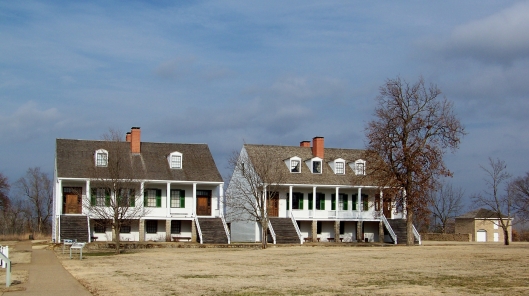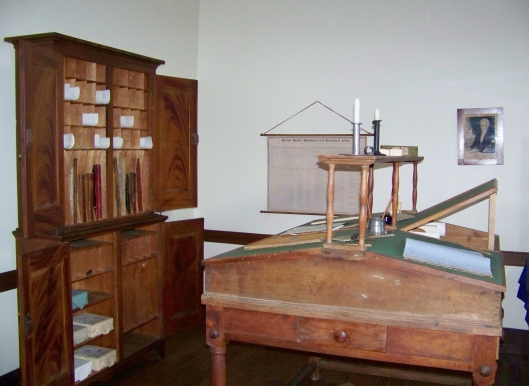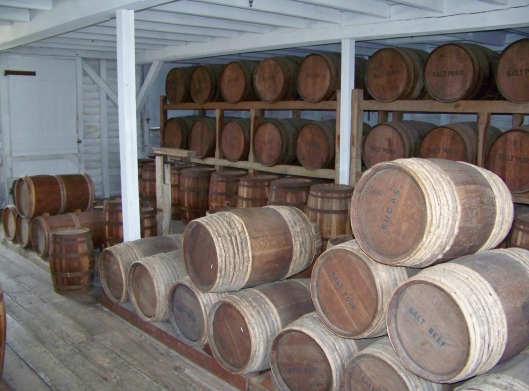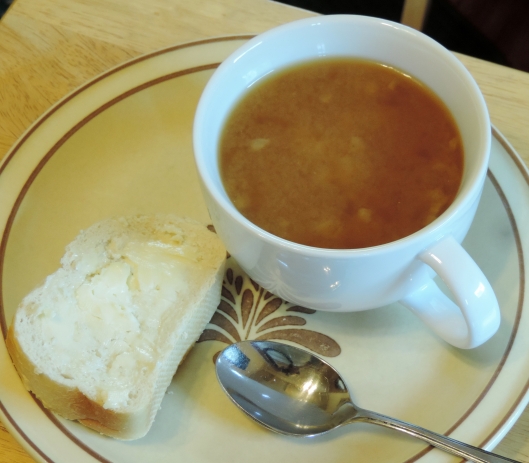Tags
Fort Scott
Over the years, we have traveled to many historic sights with our five children. The girls enjoyed the old and stately homes, the boys loved the battlefields…and yes, they all loved the swimming pool at the end of the day! Our youngest daughter, with permission of our guide, would sit and play any piano she came upon. Our sons would pretend to know exactly how to use any cannon they saw, on any battlefield, anywhere. We so enjoyed showing them our country and in so doing, teaching them its history. We have been East many times! And that brings me to another point.
It has always struck me as rather unfortunate that our schools teach so much of our nation’s history as it was experienced in the eastern portion of the country. This is especially true when teaching about the Civil War. It is true that many of the battles, perhaps even the most important, were fought east of the Mississippi River. But it is also true that many battles and experiences of significance and great consequence happened west of the Mississippi.
Our son, Matthew, began his love of history when he first discovered that our house sits on the parade ground of Fort Wyman, a Union supply fort from 1861 to 1865. We find musket balls, pieces of pottery and glass, and even iron implements almost any time we do some serious digging in the backyard. His interest grew even stronger after reading Rifles for Watie, by Harold Keith. The story is set in the Midwest, including our own home state of Missouri. It is the story of a teenage boy who joins the Union Army and sees action in Kansas, Missouri, and the Indian Country(today’s Oklahoma).
And that brings me to the subject of this travel post…Fort Scott National Historic Site…in the Midwest…worth a trip!
Fort Scott was built in Kansas in 1842, one of a string of forts on the western frontier. Its purpose, initially, was to protect white settlers as they traveled the road west between the area controlled by the Osage Indians and the state of Missouri. Its other purpose was to help keep peace between the various Native American tribes in the region.
Officer’s Quarters
The Quartermaster
It was the job of the quartermaster to build, maintain and supply the fort.
The Soldiers
The fort was home to dragoon soldiers, soldiers on horseback. These dragoon soldiers took part in several important events in American history.

Dragoon barracks at Fort Scott. In the center of the table is a checkerboard, used by the soldiers to pass some of the long hours.
The dragoons were charged with protecting the pioneers on the Santa Fe Trail and the Oregon Trail, as well as the merchants along the way who serviced the travelers.
Between 1846 and 1848, dragoons from the fort were sent to serve in the Mexican War. Some of the troops served under General Zachary Taylor, while others served under the command of General Winfield Scott, as he led them into Mexico, capturing Mexico City on September 13, 1847.
In 1853, following the American victory in the Mexican War, and because the Army no longer was involved in protecting pioneers on the trail or keeping a watchful eye on the Native Americans, Fort Scott was abandoned and all its property auctioned off. The town that had grown up around the fort was officially named Fort Scott. At about the same time, tensions over slavery were growing across the whole nation and the nation was moving closer to civil war. It was the beginning of a tragic period in Kansas history and the history of the United States.
In 1854, Kansas was opened for settlement. As the territory was settled and moved toward statehood, its citizens would be allowed to decide if they would enter the Union as a free or a slave state.This was to be done by popular vote. Many people from both sides of the issue swarmed into Kansas, and into Fort Scott, trying to influence the result of the vote. The various groups that arrived in the territory were often violent, and soon the area was in a general state of terror. This period has been referred to as “Bleeding Kansas” because of the brutal attacks and murders that occurred during this time.
Civil War did break out in 1861, and the Union Army returned to Fort Scott. The fort was used as a supply depot and provided important support for the Union cause. Fort Scott maintained a hospital for wounded soldiers, as well as a prison for Confederate prisoners of war. It also became a place where people running away from the warfare all around them could come and find refuge.
Following the war, Fort Scott was once more abandoned and all its property sold at auction. The fort would see action one more time, between 1869 and 1873 when railroads were built across the area to the Gulf of Mexico.
Between 1865 and 1956, four African-American schools were located at Fort Scott. The most notable African-American to attend one of these schools was George Washington Carver.

If you walk behind the fort, along a short nature trail, you can see the results of Kansas prairie restoration. These pictures were taken in very early spring and the prairie has not yet had a chance to green-up.
You can learn much more about Fort Scott, and also plan your own visit, by going to the park service website at http://www.nps.gov/fosc/index.htm
Hot Weather Soup
The first time we visited Fort Scott was in June of 1983. Knowing how much I loved cookbooks, one of our older sons, Nathan, surprised me with a small book filled with a collection of recipes from Army wives of the past, which he purchased in the fort’s gift shop. An Army Wife’s Cookbook with Household Hints and Home Remedies was compiled by Mary L. Williams and was published in 1972, by Southwest Parks and Monuments Association.
It has been extremely hot here in Mid-Missouri the last several days…heat index 102 degrees kind of hot! So I got out this little volume and made some Hot Weather Soup. It brought back so many memories. Our oldest daughter and I used to make this all the time in the summer…so good and so easy on a really hot day.
“A good hot weather soup is made from rice, with beef extract and seasoning. Cook two tablespoonfuls of the rice in a quart of water with a small onion peeled and chopped and one bay leaf. Cook slowly thirty minutes. Take out the bay leaf, and add two teaspoonfuls of beef extract. Season to taste with salt and white pepper.” An Army Wife’s Cookbook, p.9
Other than substituting 2 beef boullion cubes for the beef extract, the recipe as written by the Army wife can be followed just as written. Enjoy!





















